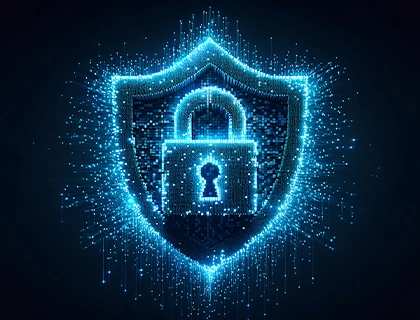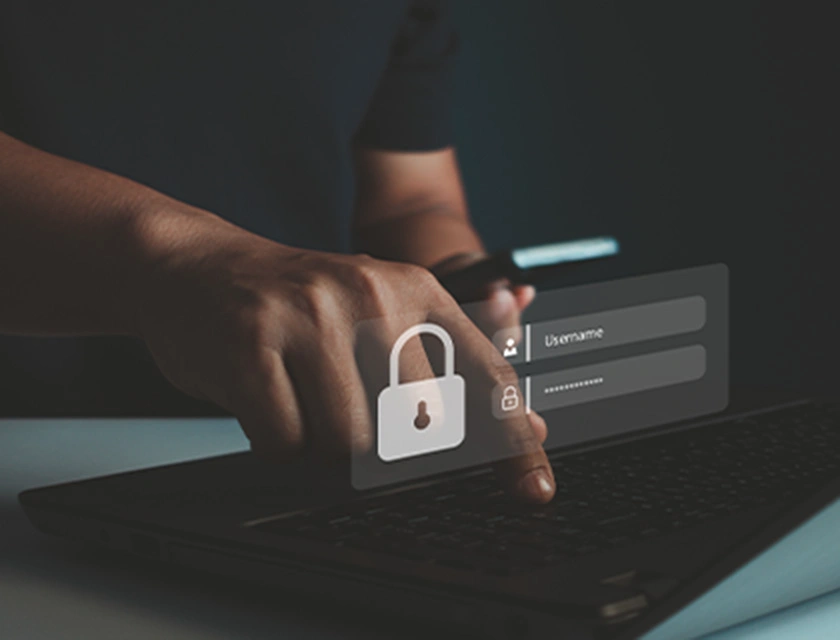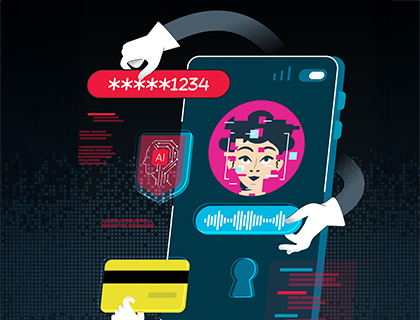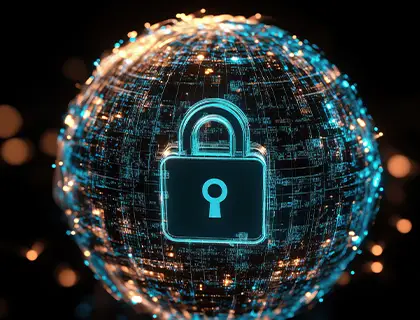
As businesses accelerate digital transformation, they face increasingly sophisticated cyberattacks. To combat these threats, enterprises must explore advanced cyber security innovations. Here's how the power of telco data to can help.
5 Mins
23rd September 2024
Article
Cyber security, Network security
As businesses intensify their digital transformation efforts to stay competitive, many find themselves confronted by a growing array of sophisticated cyberattacks that challenge traditional defences. This evolution is driven by several factors: a vastly expanded digital surface, the growing complexity of threats, and the need to secure enterprise systems alongside conventional IT infrastructure.
Unsurprisingly, the cyber security landscape is changing in response to these growing and diversifying threats. Today, enterprises are looking beyond standalone products and traditional security offerings. Instead, they are considering a broader spectrum of solutions to safeguard against evolving cyber threats.
One area they are closely examining is connectivity, which has always been crucial in computing – from the early days of networked mainframes to the modern era of cloud-based services and IoT devices. Today, its role is even more vital in unifying disparate systems, partners, and infrastructure into a cohesive digital ecosystem for streamlined operations and agile innovation.
Safeguarding our highly connected digital assets now requires a new approach, starting with the implementation of advanced cyber security capabilities at the network level. This involves innovating and embedding security solutions into the diverse range of networks organisations use today – from fixed lines to wireless networks like mobile 5G and Wi-Fi.
For example, mobile workers face unique vulnerabilities because they are constantly connected via their devices. Even in the office, employees might rely on enterprise systems running on company servers or various cloud-hosted solutions on external networks. Only a network-centric approach can effectively provide the protection enterprises need.
Rather than overwhelming businesses with a multitude of disparate controls and solutions, these capabilities should ideally be managed from a single digital portal for ease of management and data insights. A unified suite allows enterprises to manage multiple services and vendors from a single digital platform, offering enterprises the digital infrastructure flexibility and agility they need.
As digital fraud and scams continue to rise, securing digital identities has become more critical than ever. With rapidly evolving cyber threats, the password is no longer adequate to protect sensitive information. This makes the implementation of Multi-Factor Authentication (MFA) essential.
However, more can be done to enhance the ability of businesses to detect unauthorised access attempts and mitigate potential breaches. One way is to harness real-time telco data to enhance an organisation’s ability to detect and prevent fraud, through techniques such as the triangulation of devices using cell towers and telco blacklists to identify potential scammers. Moreover, SIM-based data can also be used to authenticate and secure digital identities – seamlessly and in the background.
In addition, there is a need to secure communications regardless of where users are. The rollout of 5G networks offers an opportunity to enhance protection by leveraging its advanced architecture and features, such as 5G network slicing, to proactively identify and block cyber threats, even before they reach users.
Finally, a network-centric approach makes it possible to tap into the machine-learning capabilities of next-gen firewalls and cloud-based cyber security solutions for real-time protection. By stopping threats like malware and phishing attempts before they reach mobile devices, businesses can significantly reduce the risk of successful cyber-attacks.
Around the world, cyber security policies and regulations are tightened as governments wake up to the growing impact of cyber threats on public safety and order. In Singapore, initiatives like the Cybersecurity Masterplan 2024 developed by the Cyber Security Agency of Singapore (CSA) are setting higher standards for cyber security measures and incident response through training, information sharing, and strengthening of policies and processes. The onus is hence on organisations to adopt comprehensive and adaptable cyber security strategies that go beyond basic protections.
When an enterprise works with a telco to address network threats, they can better address threats from the network and secure their communication. Furthermore, they gain the ability to utilise data and AI-driven analytics to transform data into real-time insights, enabling effective threat monitoring and mitigation.
Enterprises will need to look to the future as well. With quantum computing expected to advance processing capabilities, bad actors could use it to break current encryption methods, rendering sensitive data and communications vulnerable. Indeed, they might even harvest encrypted data now to decrypt later. To defend against this scenario, it’s essential to develop and deploy quantum-safe solutions today.
Singtel offers unique capabilities by leveraging telco data and pioneering advanced security technologies to help organisations combat existing and future cyber security challenges. Indeed, IMDA has appointed Singtel to develop Singapore’s first National Quantum-Safe Network Plus (NQSN+) for enterprises as part of the Digital Connectivity Blueprint. Singtel’s solutions are grounded in its extensive experience working with enterprises through ever-changing cyber threats, disconnected network infrastructures, and fragmented data landscapes.
Visit the www.singtel.com/govware to find out more.

Cyber security, Mobile security, SingVerify

Cyber security, Healthcare, Government, Finance

Cyber security, Cyber education

Cyber security

Cyber security, Quantum-safe network

Cyber security, Mobile security, Network slicing
Get the latest digest on business and technology trends straight to your inbox.